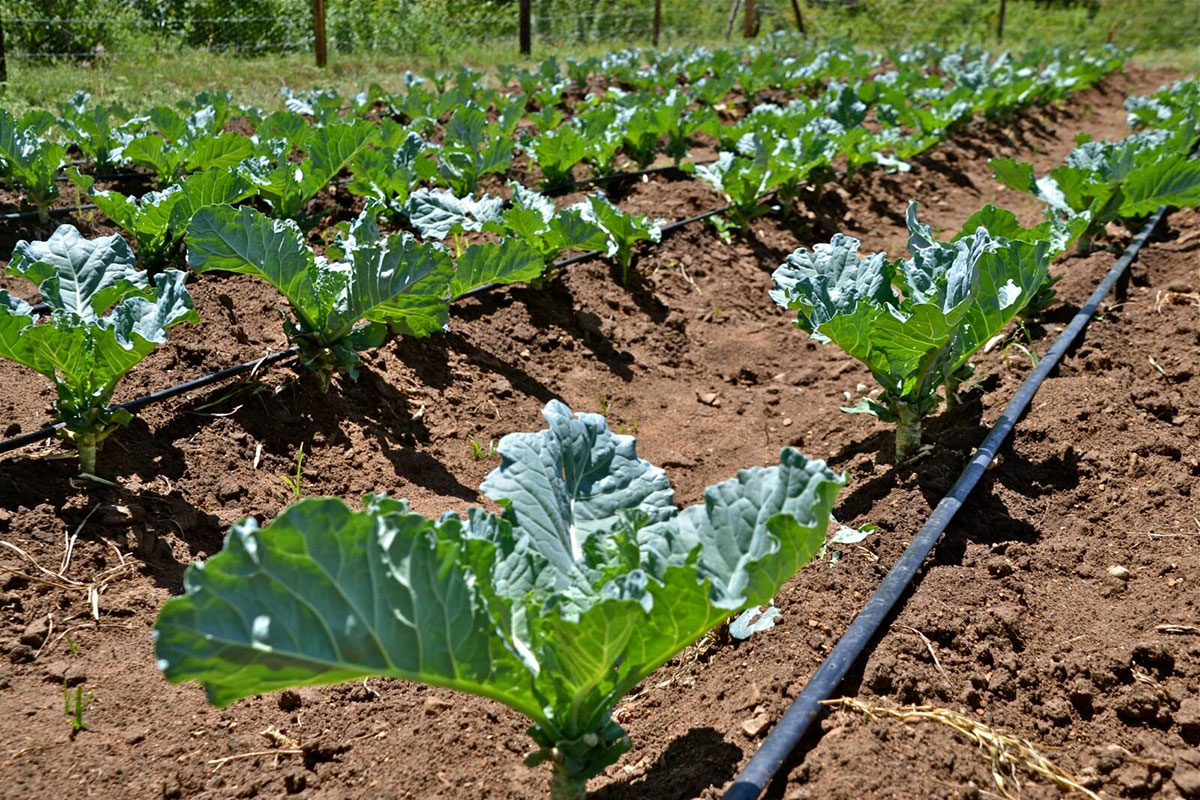How Drip Irrigation Protects Groundwater Resources

Drip irrigation is a game-changer for sustainable water management, significantly reducing groundwater depletion while improving farm productivity. This guide explores how drip systems conserve groundwater, prevent contamination, and enhance long-term water security.
💧 How Does Drip Irrigation Conserve Groundwater?
Unlike flood or sprinkler irrigation, drip systems deliver water directly to plant roots with 90-95% efficiency, minimizing waste. Here’s how it protects groundwater:
1. Reduces Over-Extraction
- Flood irrigation wastes 50-70% of water through evaporation & runoff.
- Drip cuts water use by 30-60%, reducing reliance on wells and aquifers.
2. Minimizes Runoff & Deep Percolation
- Precise application prevents water from washing away or sinking below root zones.
- Less leaching of fertilizers/pesticides into groundwater.
3. Supports Aquifer Recharge
- By lowering extraction rates, drip irrigation helps groundwater tables recover.
- Example: In Rajasthan, India, drip adoption reversed aquifer depletion in drought-prone areas.
🌍 Why Is Drip Irrigation Better for Groundwater Protection?
| Method | Water Efficiency | Groundwater Impact |
|---|---|---|
| Flood Irrigation | 40-60% efficiency | High depletion, salt buildup |
| Sprinklers | 70-85% efficiency | Evaporation loss, runoff |
| Drip Systems | 90-95% efficiency | Minimal waste, sustainable |
📌 Case Study: California almond farms saved 4.5 trillion gallons of groundwater in a decade by switching to drip (UC Davis Research).
⚠️ Can Drip Irrigation Prevent Groundwater Contamination?
Yes! By reducing fertilizer & pesticide leaching, drip systems protect water quality:
✅ Benefits of Drip Fertigation
- Nutrients go straight to roots (no excess washing into aquifers).
- Lowers nitrate pollution (a major groundwater contaminant).
❌ Risks if Misused
- Over-fertilizing can still seep into groundwater.
- Solution: Use soil moisture sensors to optimize fertigation.
📊 How Much Groundwater Can Drip Irrigation Save?
| Crop | Water Savings vs. Flood Irrigation |
|---|---|
| Cotton | 40-50% less groundwater used. |
| Corn | 30-45% reduction in pumping. |
| Tomatoes | 50-60% more efficient. |
📌 Global Impact: If 50% of farms adopted drip, global groundwater use could drop by 20-30%.
🌱 Best Practices to Maximize Groundwater Protection
- Use Moisture Sensors – Prevents overwatering.
- Schedule Irrigation at Night – Reduces evaporation.
- Adopt Subsurface Drip (SDI) – Further cuts water loss.
- Monitor Fertilizer Use – Avoids groundwater contamination.
- Combine with Rainwater Harvesting – Less reliance on wells.
🔬 Scientific Evidence: Drip Irrigation & Groundwater Studies
- Israel: Drip irrigation cut agricultural groundwater use by 50% since the 1960s.
- India (Punjab): Drip adoption lowered water table decline from 1m/year to 0.3m/year.
- USA (High Plains Aquifer): Farms using drip reduced depletion rates by 25%.
🚀 Future of Drip Irrigation & Water Security
- Solar-powered drip systems (off-grid sustainability).
- AI-driven smart irrigation (predicts crop water needs).
- Policy incentives (subsidies for water-saving tech).
📌 Key Takeaways
✔ Drip irrigation uses 30-60% less water than flood methods.
✔ Reduces aquifer depletion & contamination risks.
✔ Fertigation improves nutrient efficiency (less pollution).
✔ Best for water-scarce regions (e.g., California, India, Israel).
✔ Combining with rainwater harvesting & solar power maximizes sustainability.
💧 Next Step: Explore drip irrigation systems from Jain Irrigation, Netafim, or Toro to start saving water today!
